“The emotional and mental well-being of our students is an absolute priority for the school. Some high-performing schools can become, I think, self-satisfied and complacent. The great thing about YK Pao School is that everyone from the board downwards knows that the school is on a journey. We haven't yet arrived, but there is a real desire to take the school forward and to improve even further.”
—— Mark Bishop
Executive Headmaster
Across all years and campuses at YK Pao School there is a strong sporting culture, formed on the back of YK Pao’s motto: Exercise persistently, use sparingly, work diligently. As you walk through the grounds at the High School, it is common to see students competing fiercely in sports class, practising as part of one of the school’s myriad varsity teams, participating in a sports CCA or simply enjoying a game recreationally with friends. It is clear to see that sports and exercise is more than just a class at Pao School, it’s a culture.
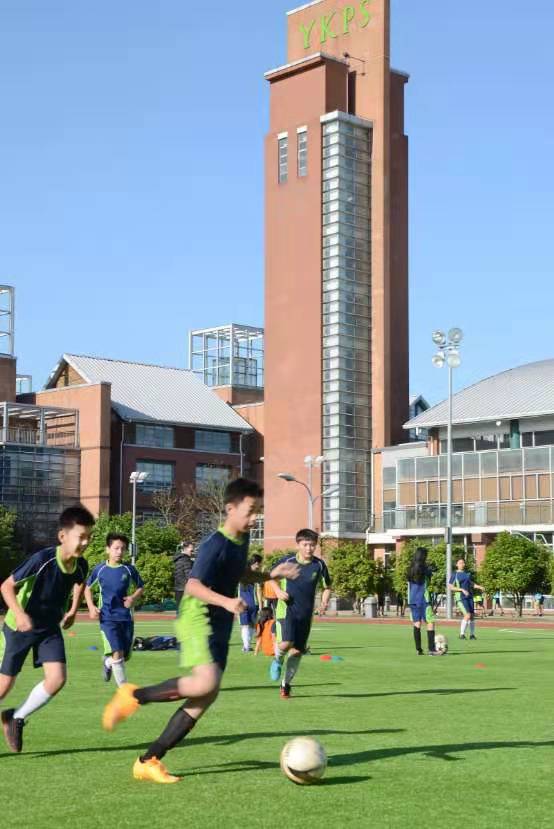
This sporting culture is rooted in the strength of the physical education curriculum at the High School, which starts in Year 9 with the core physical education programme for all students. It then bridges into the optional IGCSE Physical Education course in Year 10 and IB Sports, Exercise and Health Studies from Years 11-12.
In the core physical education programme there is a focus on the development of psychosocial and physical skills. The programme gives the students opportunities to develop physical and mental readiness, in turn allowing them to better understand and acquire healthy habits. Alongside these clear health benefits, the students are encouraged to build positive characteristics such as teamwork, sportsmanship and persistence.
IB Sports, Exercise and Health Studies (SEHS), which was first introduced to the school three years ago, started due to the students’ passion for sport and their desire to study it beyond IGCSE. SEHS provides students with a unique experimental science course, which combines academic study with practical and investigative skills – also giving students the chance to undertake their own experiments in both the lab and field. With a focus that extends beyond developing students’ physical performance, the course also covers anatomy and physiology, biomechanics, psychology, and nutrition.
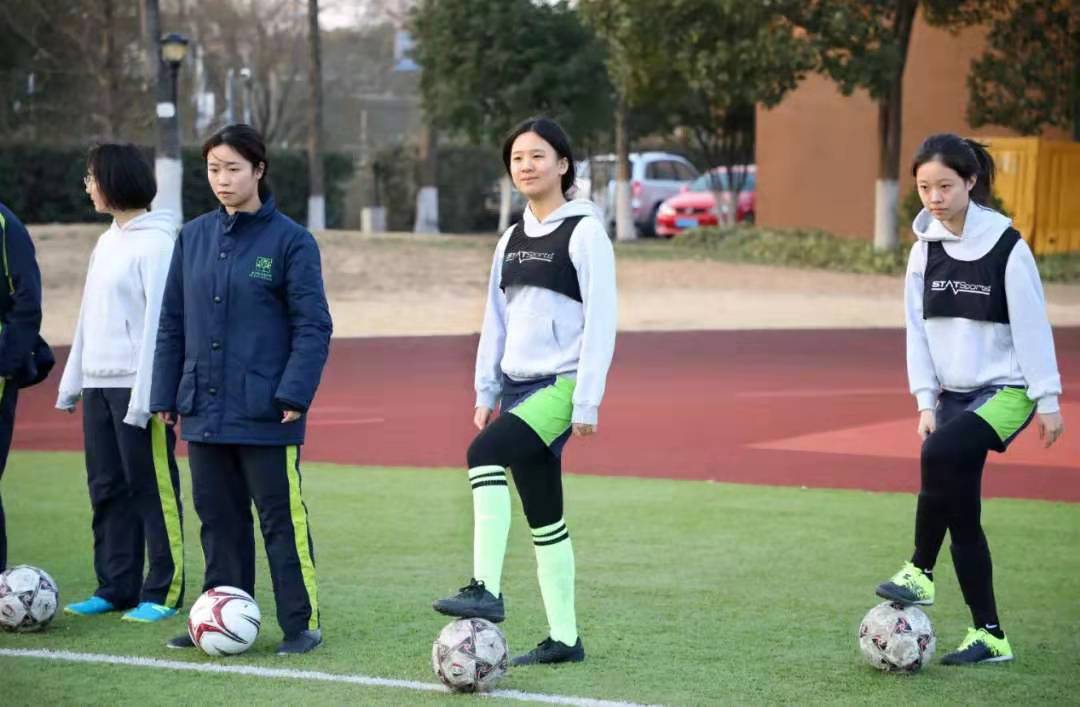
GPS football class
“Taking SEHS was definitely one of the best choices I have ever made. I had even heard about this course before I came to YK Pao School, because it is truly an unusual course for a school to offer,” Says Zaim (Y12).
As a member of both the Pao School varsity football and volleyball teams, and a self-described sports lover, Zaim knew the course was an unmissable part of his IB journey. But despite his vast sporting experience, he quickly found the course teaching him many new things, such as how energy is stored and used while performing at different intensities, how to design training programmes to achieve the best outcomes and how the central nerve system coordinates with muscles and organs during exercise.
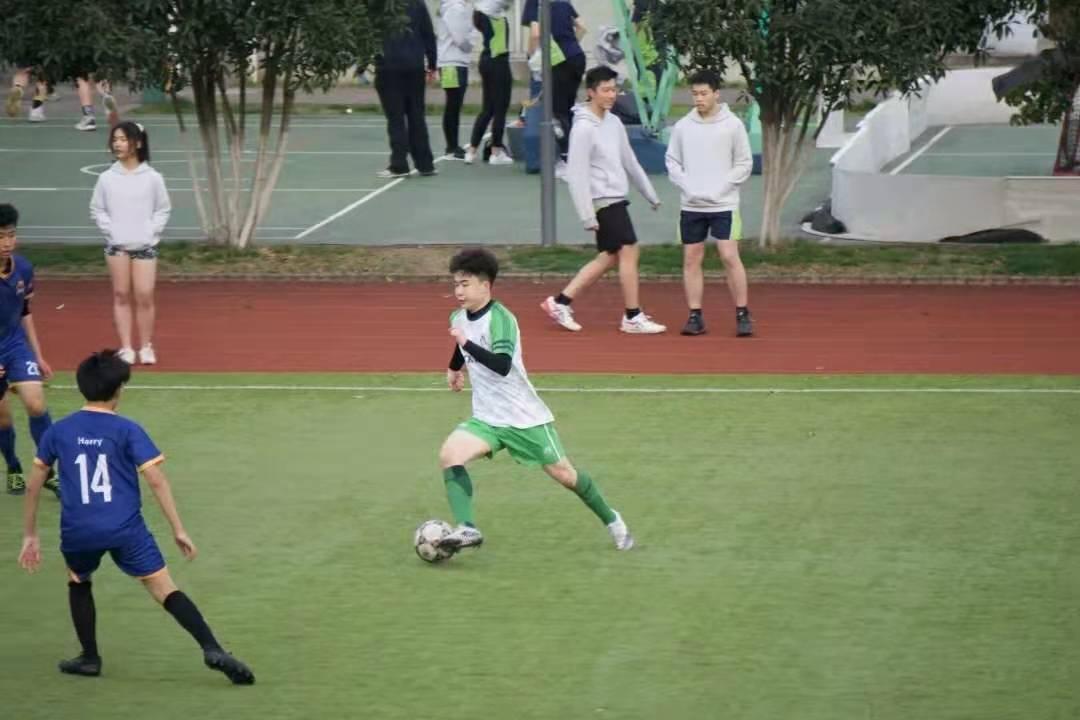
Zaim playing football
Alongside learning about improving his performance, the new knowledge and technology has been key in helping Zaim prevent injuries. As a competitive athlete, it is important to make sure that even when he is injured, he understands how to look after the injury – something he believes is essential for a “true athlete”.
Outside of the classroom, students can choose from a myriad of diverse CCAs, including weight training, swimming, judo, and fencing. These choices give students plenty of opportunities to enjoy sport, even if they don’t continue studying it to IB. The High School also represents the community in various competitions organized by the Shanghai School Sport Association (SSSA) with nine competitive varsity teams, across six sports such as football, volleyball, basketball and swimming.
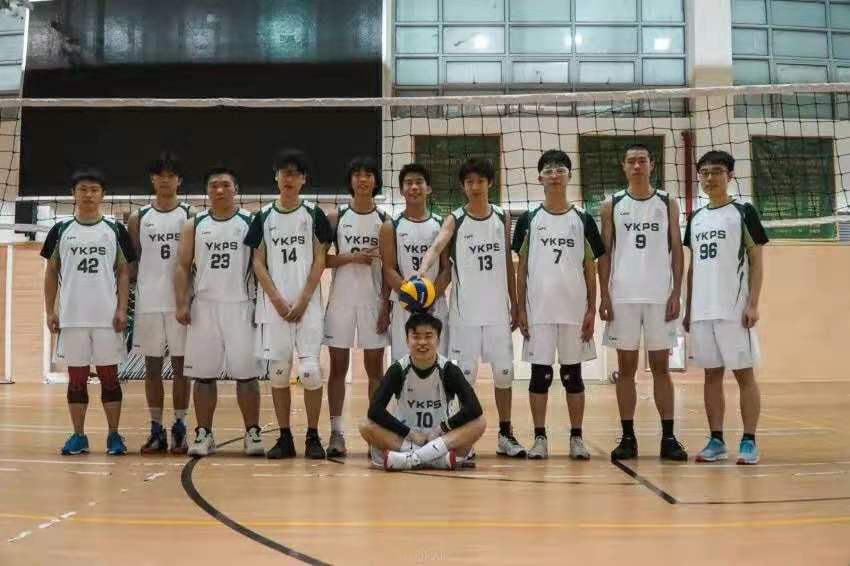
Zaim and basketball team
“The whole school sports atmosphere is very good, with not only a wide range of sports, but also a lot of opportunities to participate in elite competitions. Our school has cultivated many teenagers who love sports, and who can relieve study pressure through sports.” Says Willian (Y12), who the captain of the school's track and field team, and a member of the swimming team. He explains that alongside the usual sports clubs, the school often holds sports-related Xueyuan competitions - which encourages everyone to exercise.
This year, the school has continued to focus on overall student wellbeing, of which exercise plays a vital role. Sports not only ensure a healthy body but has been found to promote a healthy mindset, with regular exercise a factor in significantly reducing depression and mental distress.
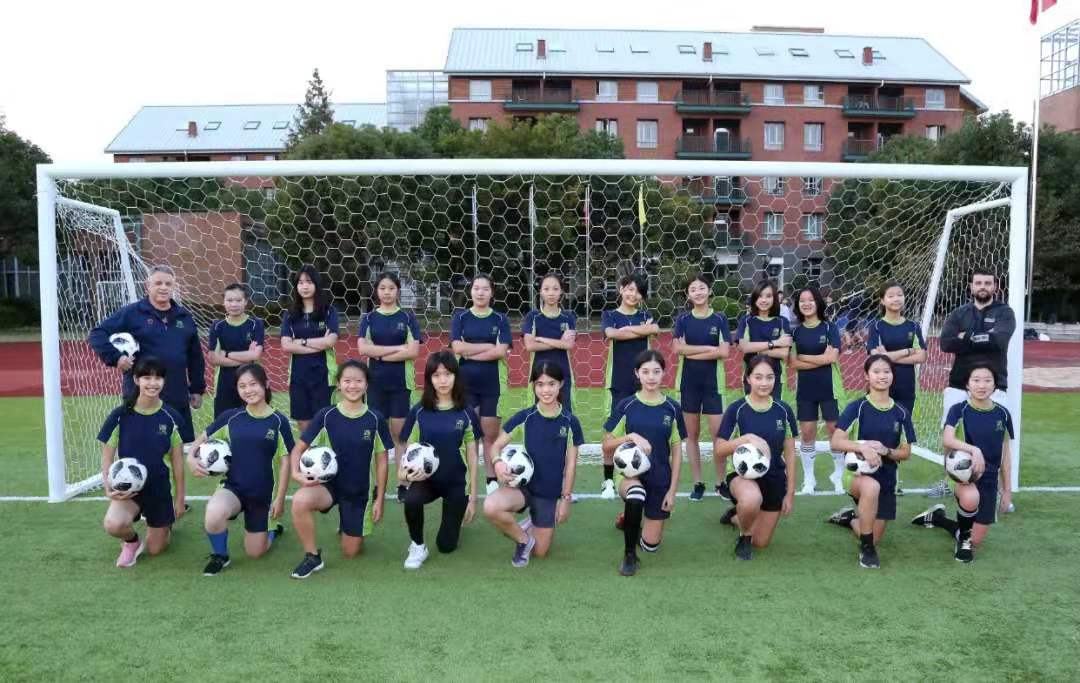
Girls football school team
Many of improvements have been seen due to changes in the wider physical education programme and its evolution in scope. Simone Sancinelli, Head of Physical Education at Songjiang campus, explains that to broaden the reach of the subject he often uses experiments and technology to support his work. One of the tenets of the class is to not only acquire skills and knowledge, but to also apply these to the “real world” to improve depth of understanding and build links to other subjects such as physics and biology.
One of the ways the school enhances the students wellbeing is through the use of state-of-the-art technology for all students. Though this technology would seem more fitting for a professional sports team, it has quickly become a core part of the school’s PE ‘classroom’ to both collect data on the rigor of the PE programme and monitor student’s performance.
Using technology to promote growth
Recently, the department began using heart rate monitors. Studies had found that teenagers meeting the recommended daily sixty minutes of moderate to vigorous exercise saw cardiovascular and mental health benefits. After reflecting on data, which showed students across the world do not generally get enough physical activity at school, Simone had wanted to put the Pao School’s PE programme to the test.
The PE department therefore campaigned to the school to purchase a number of heart rate monitors. These monitors allowed the department to complete a study on the physical activity levels of students in both PE classes and CCAs. The data quickly revealed that the PE programme meets recommended guidelines for exercise, whilst providing solid information about the student’s energy expenditure and average heart rate.
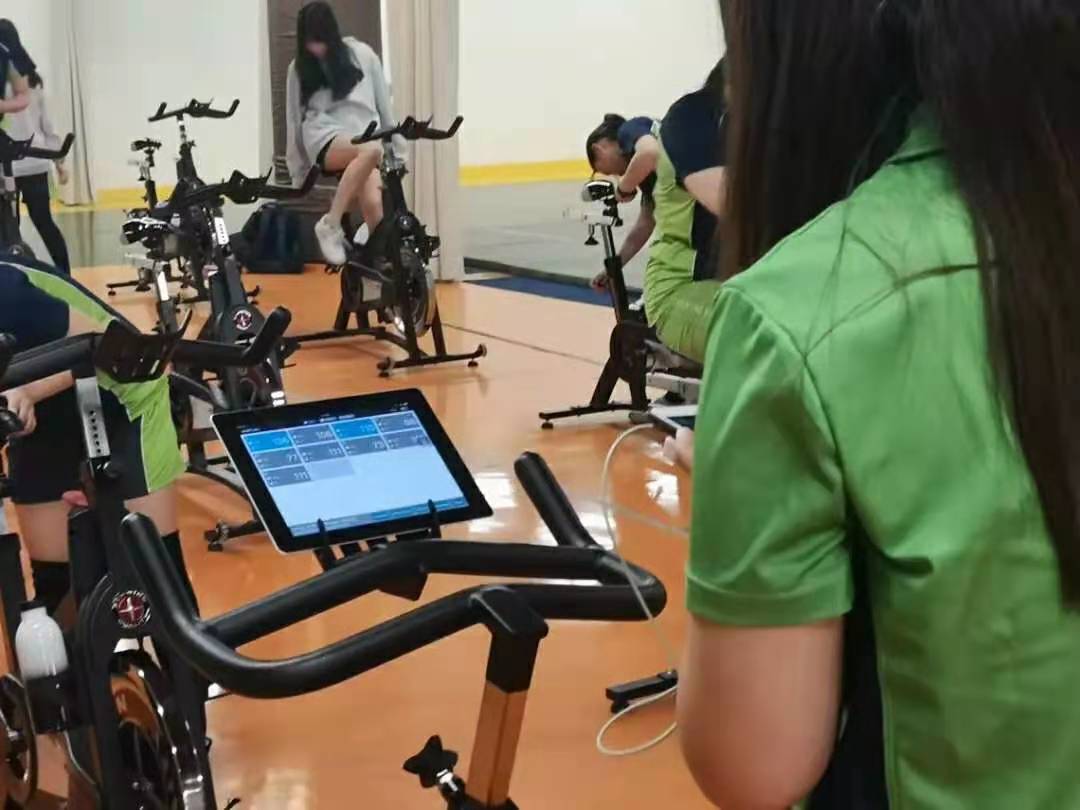
The heart rate monitors have also benefited both the students and teachers through giving real-time biological feedback of the student’s heart rate and effort. As the students work out, their heart rate is projected onto a screen in the gym or outside on a tablet, allowing them to get accurate information about their performance. It is also a useful method to track their improvement over time. As this data is collected over several lessons, they are able to set personal benchmarks and compare their progress to their performance in earlier sessions.
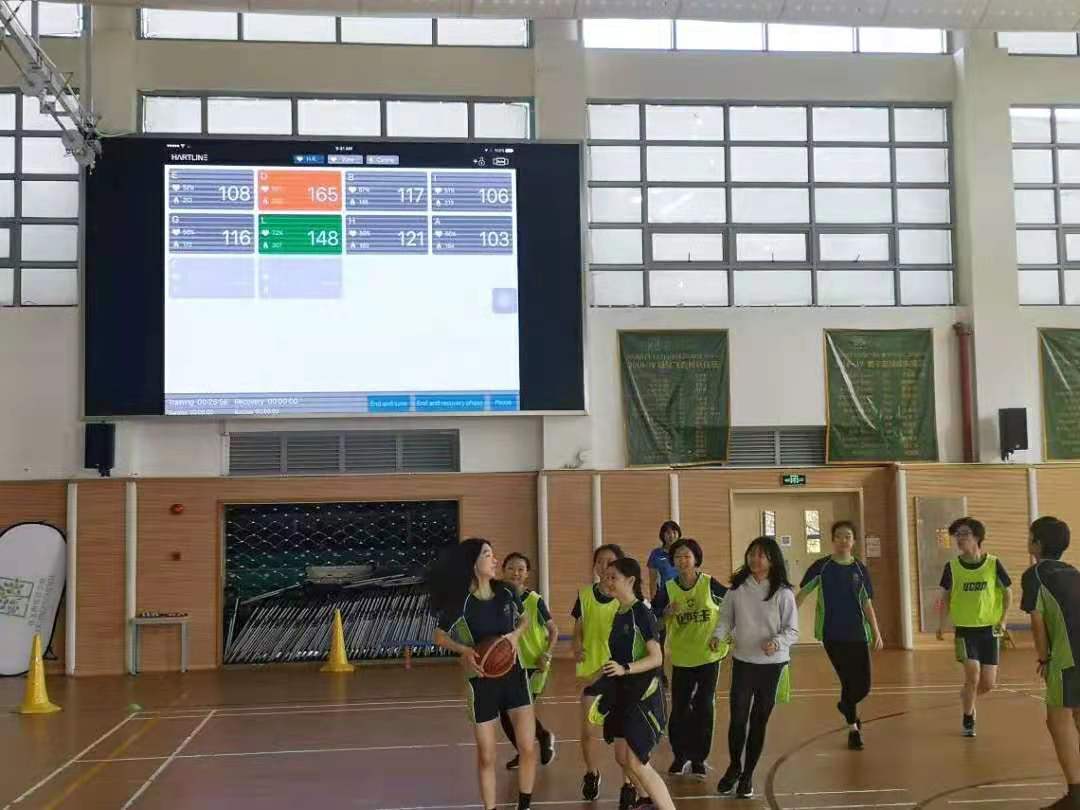
The data can be projected on the wall in the sports hall
It has also changed the way teachers view the students. Before, it was hard to evaluate a student’s effort just by “looking at their face” or asking students to measure their pulse at the wrist. But now, in some cases, the data has shown that students who had previously appeared to be underperforming are actually working their hardest.
This in-depth and accurate knowledge about the students’ performance has also been used by improve lesson planning. The data is used by teachers and coaches to review the lessons they have taught, allowing them to review whether the students are engaged and are working at the best capacity. As they go, they can make necessary adjustments for based on this information – presenting an opportunity for the classes to be further refined for and more personalized for all the students’ abilities.
Physics and maths in the gym
A few months ago, to compliment the heart monitor tracking devices, the department invested in more GPS technology that could be used to track students’ location in real time, alongside their speed and acceleration.
For the project, this GPS technology will be used in combination with the heart rate monitors, alongside a phone app which will collect data for each participating student. The students will continue monitoring their performance data over time, allowing them to identify fluctuations and trends in their own heart rate, speed, distance covered and acceleration.
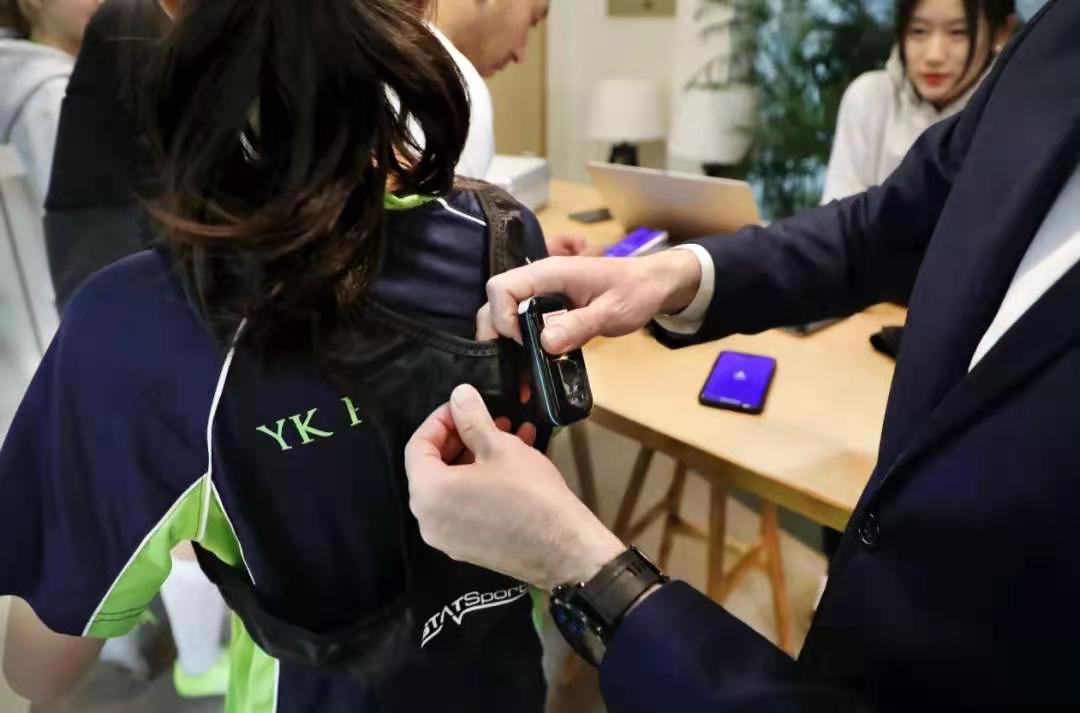
Teacher helping a student wearing a GPS monitor
But, once they have the basic data, how will the students seek a deeper understanding of it?
In order to do this, they must look beyond sports to find the answers and borrow knowledge from other fields such as physics, biomechanics, and biology to analyse their sporting performance. The data is therefore being passed over to physics and biology teachers, so that the student’s raw data can be used for analysis in different scientific contexts. For example, in physics it can be used to learn more about Newtonian physics and in biology about cellular respiration.
The data will therefore provide a shared, inter-disciplinary, backdrop to a wider project – used to link multiple sciences under the common ground of sports. Importantly, rather than completing abstract questions to practise the content, students will be able to analyse real-world information that can then be applied in improving their sporting performance. This provides a much deeper level of understanding into the investigative and scientific process, from beginning with data collection to scientific analysis to personal application of the results.
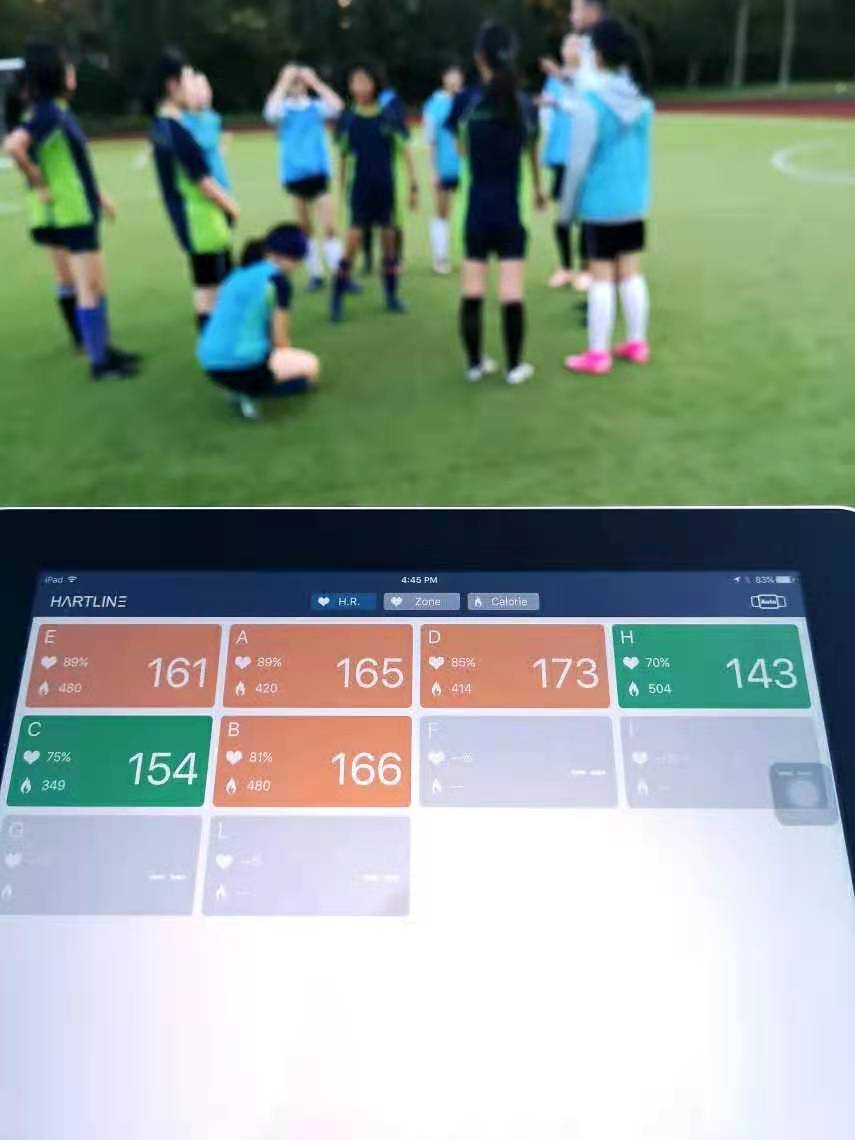
Though the project is ongoing, the data is already bearing fruit. The students can analyse their performance and analyse the data. These methods are similar to those used by professional sports teams and high-level athletes.
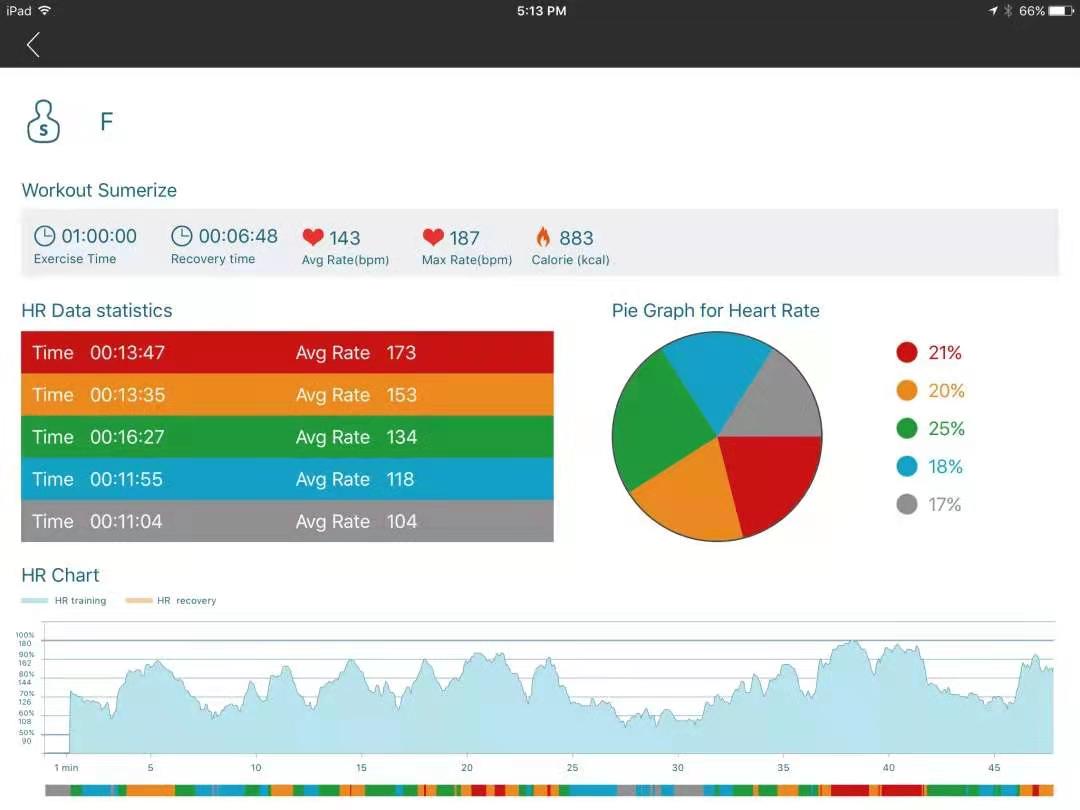
An aspect of the IB Sports, Exercise and Health Science course is scientific investigation surrounding sports and exercise. In improving the school’s resources, the students will have a broader scope for their experiments, with professional level technology and a bank of data collected from previous students.
The PE department also hopes to outfit all students with these devices to allow them to monitor their own efforts and ensure they are getting enough exercise. These monitors will also have potential applications outside of sports, as they also can provide valuable insight into a student’s health during times of pressure and promote better mental health practises – in line with the school’s core goal of improving student wellbeing.
“I am so happy and privileged to have so many opportunities to enjoy sports at Pao School.
I cannot put words to describe how amazing the sports environment is here.
If you come to the playground during CCA time, you can see it yourself.
Almost every single member of this community is either enjoying sports or training very
hard and professionally to reach the best of themselves, and that view is truly amazing.”
---- Zaim (Y12)